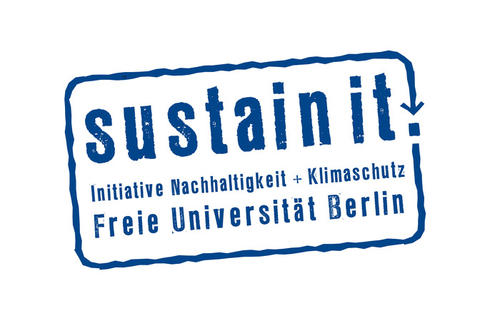Freezers & Refrigerators
Storage of samples must be secure. Energy conservation should not jeopardize the safe storage of samples in freezers and refrigerators. Nevertheless, a responsible handling of chemicals can result in significant energy savings.
Minimize usage times
Open freezer units for as short a time as possible. Clear labeling saves time searching with the door open. Also, check during use whether the appliance closes properly. Examine whether the unit needs defrosting or if a replacement of the rubber seal is necessary.
Replace old freezer units
The technological progress in cooling and device insulation is impressive. For devices older than 15 years, replacement is (almost) always worthwhile. At the Sustainability & Energy Unit, you can borrow a measuring device to assess the power consumption of the refrigeration unit. Look for an energy-efficient new freezer with environmentally friendly refrigerant and compare the consumption. Replacement may be financially supported after examination by the Sustainability & Energy Unit if there is a savings of at least 30%.
Optimize cooling temperature
The practice of the last 10 years has shown that samples can be safely stored at -70°C. A freezing temperature of –80°C is generally not necessary. Such a temperature increase has already been implemented at Takustraße 6. Scientific studies confirm the efficiency and safety of this approach.
Optimize cooling duration
Samples can be stored at -70°C for over 5 years. Samples that are no longer needed should be destroyed. After 5 years, if longer storage is necessary, the samples can be moved to freezers at a temperature of -20°C. This saves energy and makes room for new samples.
Optimize cooling volume
Space in the freezer is valuable. Half-empty freezers are inefficient. Please use freezer space responsibly by optimizing packaging sizes, disposing of no longer needed samples, and turning off unused devices. Good record-keeping helps quickly locate empty compartments and sort out old samples.




